How many Thiruvonams are present? If told correct, 12 in every year from Chingam to Karkidakam month as per Malayalam calendar. Which one is best in a year? Undoubtedly Thiruvonam of Chingam month, which Malayalis celebrate as Onam. It’s also known as Ponnonam, thus special among 12 Thiruvonams of the year. Thiruvonam of Chingam comes after heavy monsoon of Karkidakam (Karonam – with heavy clouds) which cleans up the whole atmosphere and makes it pure. That’s why it’s also called Nallonam. In the month of Karkidokam, whole atmosphere is gloomy and sky is filled with dark clouds (Karmegham). That’s why Thiruvonam star of this holy month is also called Karonam, also known as Pilleronam.
Onam is a harvest festival also. As per tradition, these months and days as per Malayalam calendar are deeply linked to agriculture in Kerala. In fact, sowing seeds as well as reaping paddy are based on certain calculations. 28 days after Karonam, Ponnam comes, and on the 28th day after Ponnonam reaped rice is processed, and it falls on Kanni month.
“Karonathinnirupathettinu
Nallonam Thaka Ponnonam
Ponnonathinnirupathettinu
Kanni Katta Methikkenam”
That’s the real calculation.
There are many traditions closely linked to Onam celebrations. Illam Nira is a popular tradition done during the month of Karkidokam, just before Onam. That means rice is reaped and bundles of rice are offered to temples. When landlords ruled villages, farmers used to offer rice, banana, cucumber and other forms of vegetables to them during this season. Thus Onam – a harvest festival has its own significance.
Many of such traditions have disappeared from scene with diminish of power of landlords. Yet Kerala’s agriculture is deeply linked to this celebration, seasons, season forecast like Jnattuvela based on stars and will always remain so, though paddy fields and agriculture lands have already started disappearing.
Through this article I would like to explain a few terms related to Onam season, which are less heard now.
Dragonfly known as Onappaatta and Onapakki
Dragonflies, known as Onathumpi is a specialty of this season. They come from somewhere to Shravana month, adding a new flavour to the festival season. They are also known by the names – Onappaatta and Onapakki. There is an old saying related to Onathumpi.
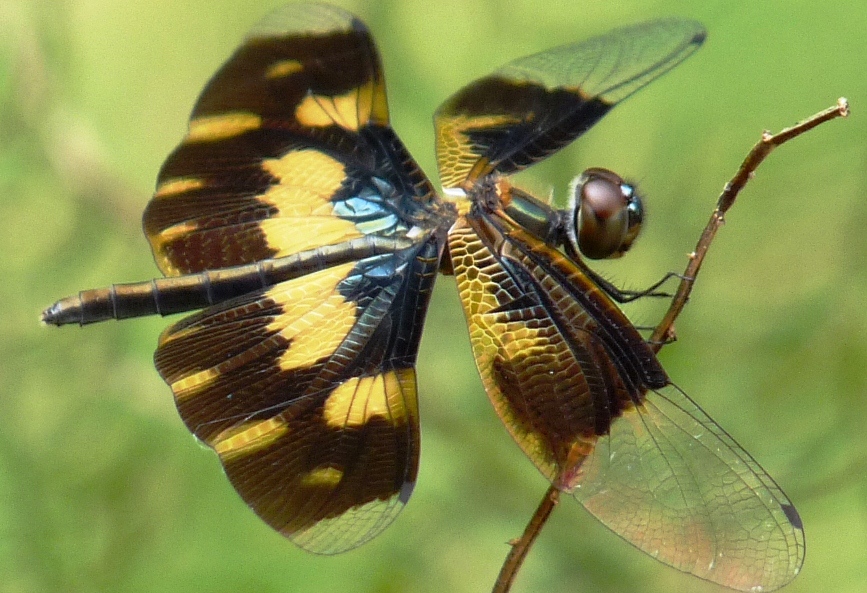
Ona Thumpi
“Chingam Pongumbo Thumpiyethum,
Chingam Mangumbo Thumpi Paakkum”
As it says – Dragonflies arrives in Chingam and fly away when Chingam goes. They are somewhat similar to Vishupakshikal (Vishu birds). When Vishupakshi entertain us with songs, Onathumpis entertain us with group dance. Both of them disappear when the festival season fades.
Onavalli and Onapacha – symbols of deep bond of landlords and his workers
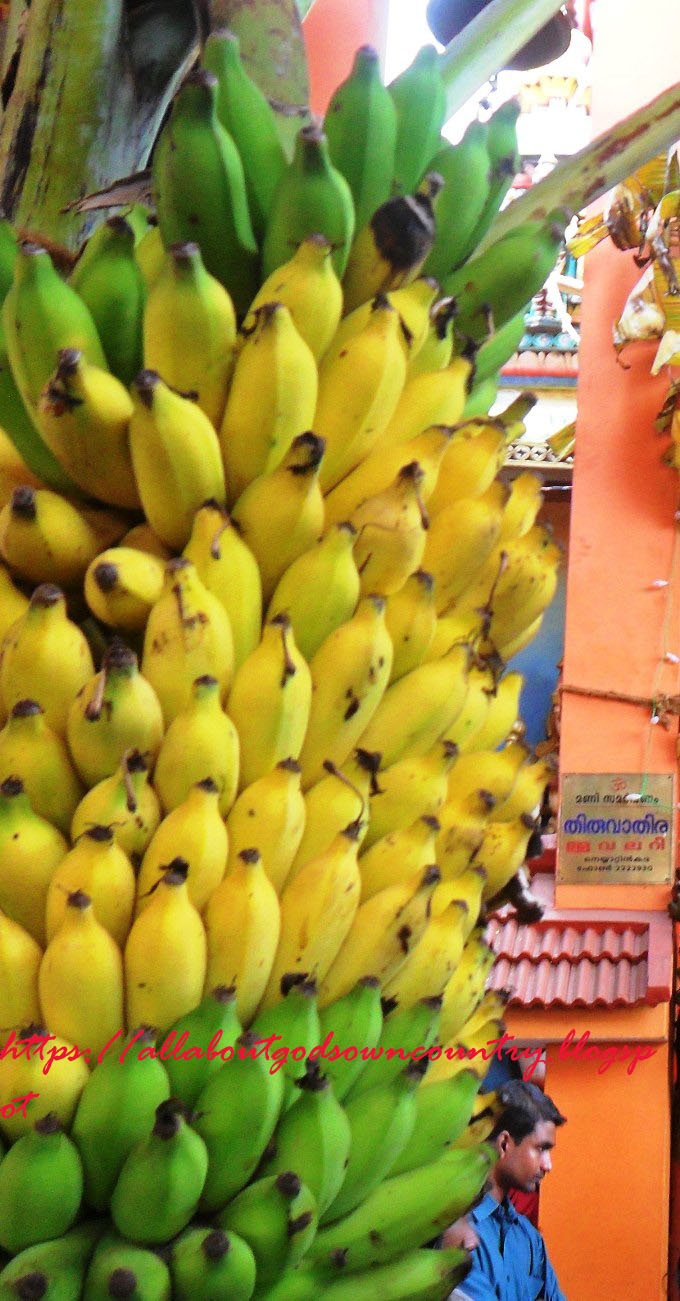
Both these terms are related to the age of feudal landlords when farmers used to give offerings during the festival month of Chingam. They were called by the term, Kudiyaan, usually low caste people. Landlords and Kudiyaan (who work in the land owned by landlords) shared a deep bond in those days, and Kudiyaan used to give due respect to his landlord.
Landlord used to give a special kit to people who work in his farms. He used to fill a basket with rice, coconut, coconut oil and new dress and gave as Onam kit. Basket was made of low cost palm leaves or twigs, and is known as Onavalli. Based on the physical power of his worker and number of members of family, Onavalli may differ in size and height, and also the quantity of items placed.
His workers too never go to landlord’s home empty handed during Onam season. They used to present before the landlord, vegetables and fruits which they cultivated by their own hands in the fields. The cultivated vegetables which they offer to landlords are called Onappacha. They also offer fruits and they may carry more than one basket of items. But the most important of all is banana bunch, which is called ‘Kaazcha Kula’ in local terms. In those days, landlords prepare chips and sharkkara upperi for Onam only using ‘Kaazcha Kula’ gifted by his Kudiyon (workers). Same way Onam celebrations begin in Kudiyon’s home only after Onavalli reaches his home. It shows the deep bond between master and his slave, and how they expressed their love and respect. Yes, such traditions are unique.
Till now, though tradition of landlord doesn’t exist, the system of gifting Kaazcha Kula to relatives still exists in many parts of the state, particularly Thrissur. It’s a part of tradition to hang beautiful banana bunches during Onam season in Thrissur, and a wide variety of dishes such as banana chips, sharkkara upperi, banana payasam and boiled banana are made during the occasion.
Onavattan and Onapottan
When someone hears the word, ‘Vattan’ never assume to be a mad man. Actually it’s a special type of big pappadam specially prepared during Onam season. A few Onam sports were also once associated with Onavattan. One common sport was ‘Pada Pappada Kali’. Pappadams are fried (Pappadam Kaachukka in local terms) and hung in playgrounds. These big pappadams should not be broken anywhere. The contestant’s eyes will be tied with a piece of cloth, and he should either bite or break pappadam with a stick to win the game. During those old glorious days of Onam, ‘Pada Pappada Kali’ was quite common everywhere.
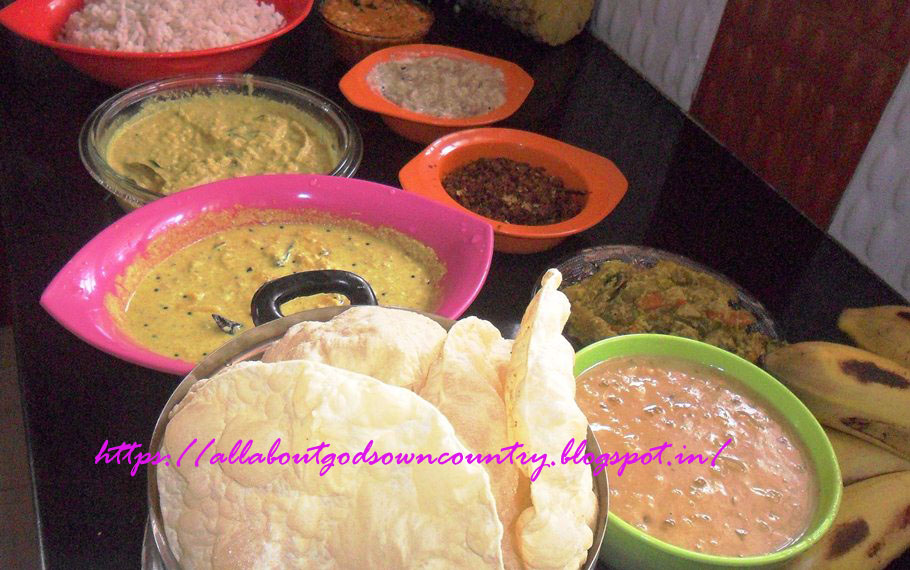
Pappadam and other dishes of Kerala Sadya
Now let me tell you what Onapottan is. It should not be confused with Onapottan of Malabar – a type of Theyyam. Actually Onapottan is a type of big ant with big heads. They like sweets and jaggery a lot, used to make pradhaman and payasam for Onasadya. Though its physical size and shape make it appear like a villain, actually it’s a harmless ant which never bites. They are frequently seen in kitchen and other places where Sharkkara Uperi, Ada Nivedyam and Payasam are made. As they are harmless, people too never do any harm to Onapottan.
Onamuttan and Onamoottan
During old days, farming (krishi) simply means agriculture of paddy fields. There are a series of traditional farming methods, and they are completely dependent on climate and seasons. Viripp, Mundakan, Kol, Punam, Puncha, Kaipaad (Pokkali) and Poothadi (Modan) are different rice cultivations still followed in Kerala. Viripp and Mundakan are most important among all.
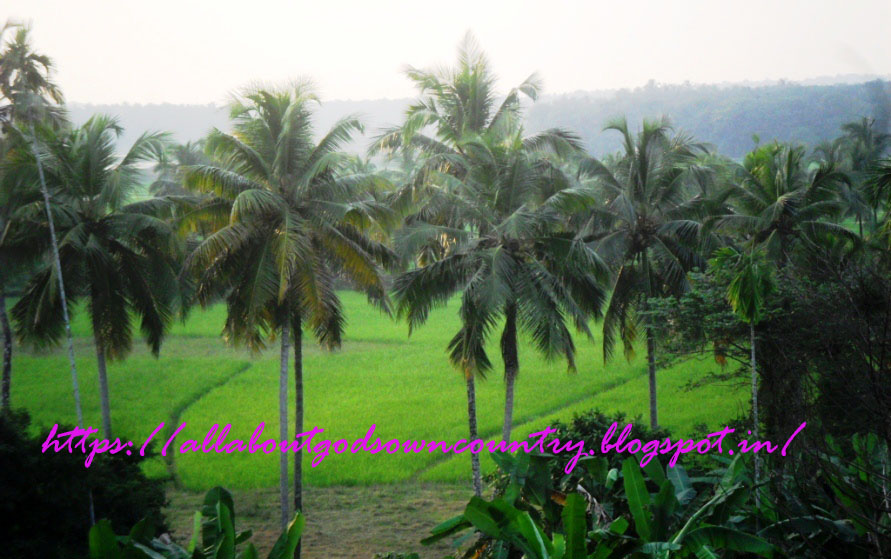
Green Paddy Fields
Mundakan – When rice seeds are sown in the month of Kanni (the Malayalam month soon after Chingam when Onam is celebrated) and the paddy is reaped in Malayalam month Makaram or Kumbam, which falls on January-February.
Virupp – Rice seeds are sown in the month of Medam (April-May) and paddy is reaped in Kanni month (September-October).
Rice for Onasadya comes from Mundakan farming, and the rice is known by the name ‘Onamoottan’. i.e. Onamoottan is the special rice used for Onasadya.
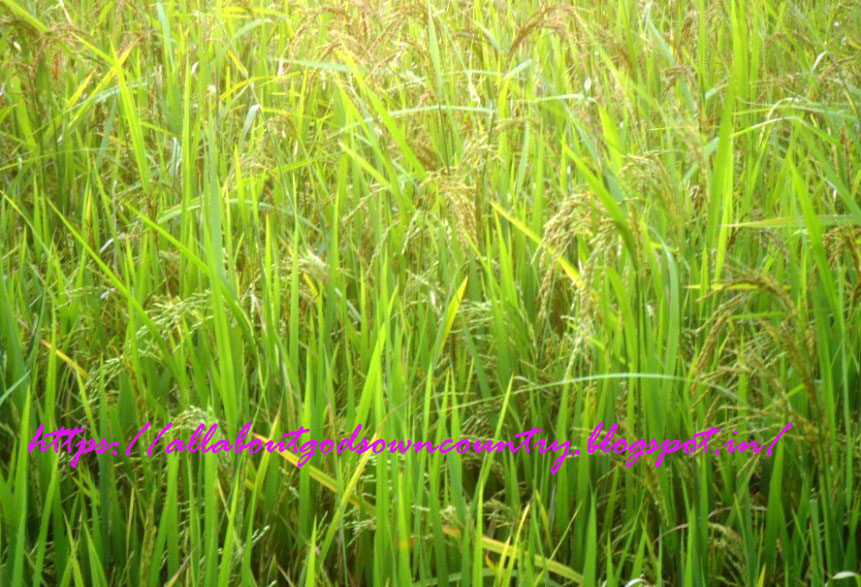
Paddy for Sadya
Elephant yam is quite popular during Onam season, and is used for several vegetarian dishes for sadya. Apart from avial, sambar and mezhukku puratti, elephant yam (chena in local terms) is also used for breakfast. Elephant yam is boiled and taken as a special dish for the breakfast of Thiruvonam day. It is nicknamed as Onamuttan. During the monsoon of Karkidakam, they grew in splendid and became attractive and big in size during Onam season. That’s the reason why they are known as Onamuttan during Onam season.
Onam Swings and Ona Jnaanda
Among all sports associated with Onam season, Onam swing is definitely the most popular one. Swings are extremely popular in rural areas, and it is loved by children a lot. Before ropes were born, swings (called Oonjal in local terms) do existed and they are made using hanging twigs of trees. Many stories related to forest like Jungle Book have mentioned about swings made of tree parts.
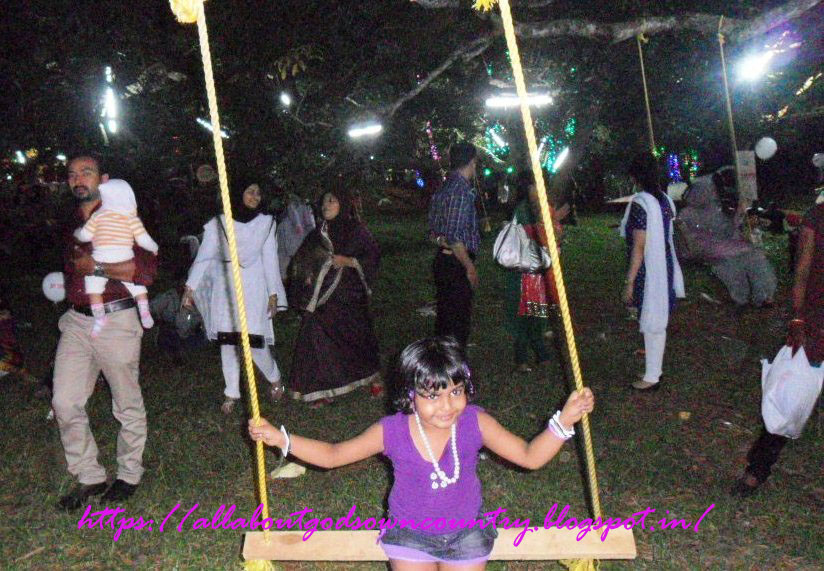
Onam Swing at Onam Celebrations at Kanakakunnu Palace, Thiruvananthapuram
Before ropes were used, many generations existed where parts of trees were used for making swings. If swings are made as a part of Onam celebrations, it’s called Ona Jnaanda or simply Jnaanda Valli (Vana Valli). They are mostly found hanging in very big trees, and strong enough to be used as ropes for swings.
As per calculations, Jnaanda Valli becomes mature on Sankranti day (the day of union of Karkidakom with Chingam). During those old prosperous days of Onam, children used to form small groups and set in search of Jnaanda Valli to make swings. Children, who are very close to nature then, were well acknowledged of the trees around with Jnaanda Valli. Jnaanda Valli are hanging parts of the tree resembling ropes, similar to climbers.
Before cutting the tree ropes, they strictly followed certain rules those days. Rules were coded in such a way that they won’t disturb nature’s rules or other live beings. They also sought permission before cutting the required tree twigs. A popular song goes like this, resembling a folk song by tribal people.
“Thaiveru Vettallu ……..
Thalir Valli Vettallu ……..
Maramottum Novallu ……..
Kilikalum Praakallu”
It means – they should never destroy the main twig (Thai Valli – mother twig which gives birth to small twigs). Also never cut tender twigs, and while cutting it should never cause pain to the tree. Also it should never disturb or cause any harm to dwelling birds in the tree. Indeed great rules made by ancestors who worshipped nature god. Once the right Jnaanda Valli is found, they should seek permission from the tree to cut the twigs.
“Thekke Thodeele Thembamarame ……
Makkalkkoroonjalu Kettaanai……
Jnaanda Kaiyonnu Murichotte?
Jnaanda Kaiyyengaleduthotte?”
If the tree nodes its head, then a request is made to living beings who depend on that tree.
“Jnaanda Kailaalolamaadi Kalikkum ……
Poonkuruvi Kunju Thenkuruvi
Chaanchakkam Chaanchakkam Chaadi Nadakkum…..
Kinnarivaala Annaarakanna……
Jnaanda Kaiyonnu Murichotte?
Jnaanda Kaiyyengaleduthotte?”
The third step – A request is made to Jnaanda valli also, the twig that is to be cut off.
“Themba Marathilangaakaasham Mutte …
Keripadarnnoru Jnaandamooppa…..
Aandem Dendem Neendukidakkunna …
Venda Kayyum Kadam Tharumo?
Veendum Veendum Kai Valaranai….
Chaambalum Chanakom Vellom Tharaam….
Themba Mooppa Mooloole?”
Children ask permission only to cut those additional twigs which are not needed for the tree. They also bribe the tree with offers of charcoal, cow dung and water so that tree can grow well. Then finally they sing the song……
“Onnelonnu Thodaathe….
Onninemonninem Novikkathe….
Kunnel Nikkunna Jnanda Valli …
Onnai Vettiyarutheedenam……”
Then kids cheer with joy, pray before the twig and with a single cut, they separate Jnanda valli without causing pain to tree too much. It’s a great instance of the bond that existed between man and nature decades ago. It also gives lessons to children to love Mother Nature and respect it as well. Such practices have disappeared from scene years ago. Sadly man is harming Mother Nature a lot for selfishness and personal benefits, forgetting the fact that nature protects man kind and his existence.
A few Onam Sayings
There exist many sayings in Malayalam related to Onam (Ona Chollukal) and a few go like this.
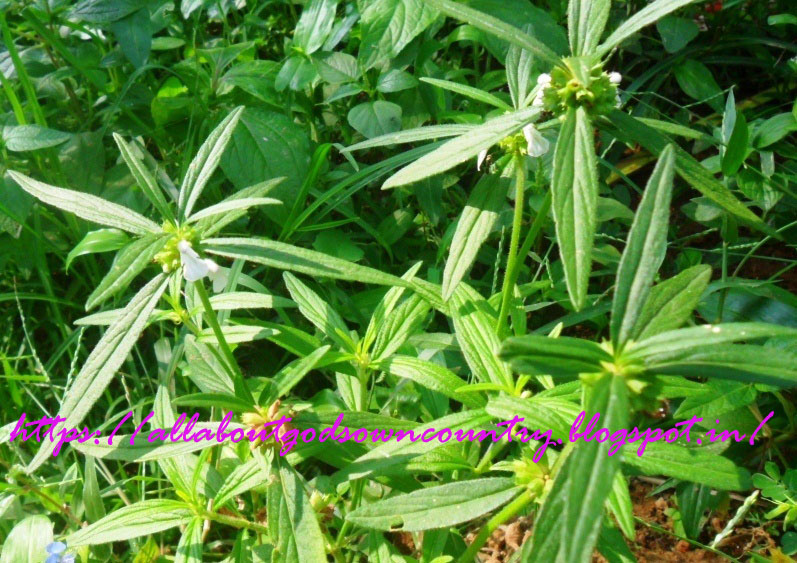
Thumpa Poo (Lucas Flower)
“Onathinidayil Puttu Kachodam”
“Onathinu Urumbum Karuthum”
“Kaanam Vittum Onam Unnanam”
“Onamkeraa Moola”
“Onam Kazhinjaal Olappura Ottappura”
“Maveli Naadu”
“Uthradam Uchayakumbol Achimaarkk Vepraalam”
“Ullathukond Onam Pole”
“Onam Poleyaano Thiruvaathira?”
“Atham Karuthaal Onam Velukkum”
“Onam Pirannalum Unni Pirannaalum Koranu Kumbilil Kanji”
“Maveli Varunnathu Pole”
“Onappaachil”
“Onamadutha Chaaliyante Chelu”
Go through the gallery to read a few more interesting articles on fun, recreation, myths and traditions associated with Onam season. Here is the page link. Click on the images to read.




















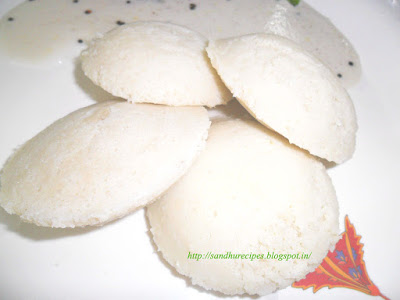
Recent Comments